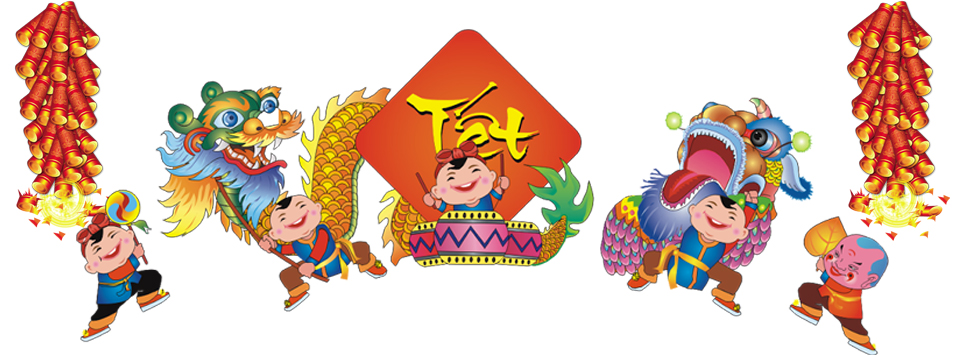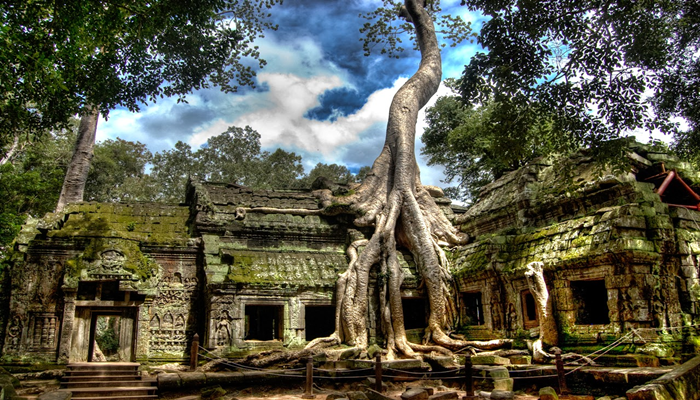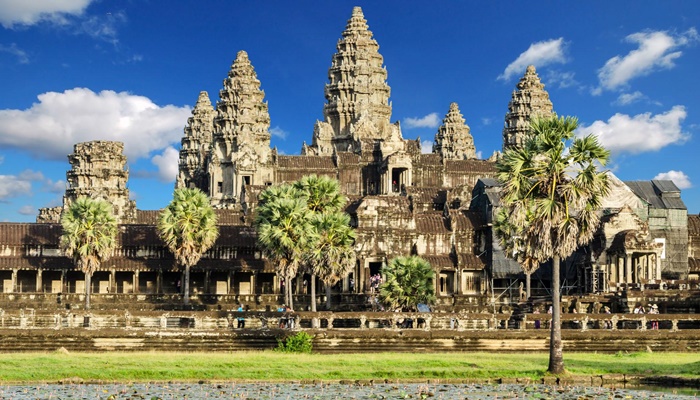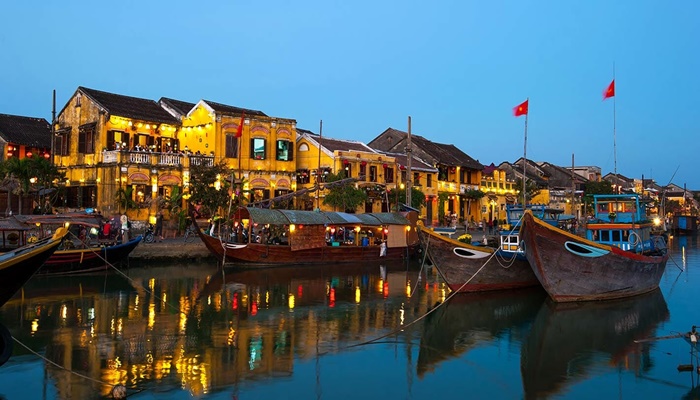Tet Nguyen Dan, or Tet for short, is considered the biggest and most popular festival of the year in Vietnam. Celebrated on the first day of the first month in Lunar Calendar, Tet’s celebration is the longest holiday which may last up to seven days.

How Tet is calculated?
Different from the Gregorian calendar, Lunar Calendar has a fix number of twelve months with 30 days each, and a leap-year will have a whole intercalary month instead of the 29th day of February. The new year of Lunar Calendar normally will start in late January or beginning of February according to Gregorian calendar. That explains why Tet days vary from year to year: it is because the leap month may fall shorter or longer which create a smaller or bigger gap between the two calendars.
When is Tet?
- In 2011, Tet day falls on February 3rd
- In 2012, Tet day falls on January 23rd
- In 2013, Tet is on February 10th
- In 2014, Tet is on January 31st
- In 2015, Tet is on February 19th
- In 2016, Tet is on February 8th
- In 2017, Tet is on January 28th
The actual holiday will last 1 day before and about 3-5 days after the day mentioned above.
What is Tet?
Tet is the occasion for Vietnamese to express their respect and remembrance for their ancestors as well as welcoming the New Year with their beloved family members. Moreover, in the past, Tet was essential as it provided one of few long breaks during the agricultural year, which was held between the harvesting of the crops and the sowing of the next ones. To make it easier, one can imagine Tet as a combination of Christmas and New Year: every family will get together to have big meals, decorate Tet trees and eat Tet food but to welcome the new year instead of a religious cause.
Watch our latest video: My heart can feel Tet for the most vivid image from Tet in Vietnam.
How is Tet celebrated?
Since Tet occupies an important role in Vietnamese’s religious beliefs, Vietnamese will begin their preparations well in advance of the upcoming New Year. In an effort to get rid of the bad luck of the old year, people will spend a few days cleaning their homes, polishing every utensil, or even repaint and decorate the house with kumquat tree, branches of peach blossom, and many other colorful flowers. The ancestral altar is especially taken care of, with careful decoration of five kinds of fruits and votive papers, along with many religious rituals. Everybody, especially children, buy new clothes and shoes to wear on the first days of New Year. People also try to pay all their pending debts and resolve all the arguments among colleagues, friends or members of family.
Like other Asian countries, Vietnamese believe that the color of red and yellow will bring good fortune, which may explain why these colors can be seen everywhere in Lunar New Year. People consider what they do on the dawn of Tet will determine their fate for the whole year, hence people always smile and behave as nice as they can in the hope for a better year. Besides, gifts are exchanged between family members and friends and relatives, while children receive lucky money kept in red envelope.
No matter where Tet is celebrated, it must be clarified from the beginning that Tet is not a day, but several days of celebration.
The general process is as follow (all dates quoted in lunar calendar):
- Ông Công, Ông Táo Day (Kitchen God day) - December 23rd
- Wrapping Chung cake - December 26-28th
- Family reunion and Tất niên - December 30th
- Giao thừa - New Year's Eve: including praying sessions to God and Ancestors, Xông đất (First visit to a family in the new year)
- First three days of the new year: visit paternal side on the first day, maternal side on the second day and teachers on the third day
- Visit relatives, friends and neighbours: can take place from January 3rd - 5th
- Hóa vàng - burn the offerings near Tet's end for ancestors: January 4th
- Reopen business: usually owners pick a good date that matches their age
- Tết Nguyên Tiêu: January 15th
Food for Tet
The following food is often consumed during Tet; some are particular to Tet and often associated with the grand celebration:
- Banh Chung/ Banh Tet
- Pickled onions
- Boiled chicken
- Mung bean pudding
- Vietnamese sausage - giò chả
- Xôi Gấc - Red Sticky Rice
- Roasted nuts and seeds
Travelling to Vietnam during Tet
Tet has a very special attached meaning to all Vietnamese. It is the time for everybody to come back to their hometown, gathering with family, visiting relatives and having a good relaxing time after a hard-working year. If you have the opportunity to visit Vietnam during Tet holiday, make sure you join this festive and happy moments of Vietnamese!








